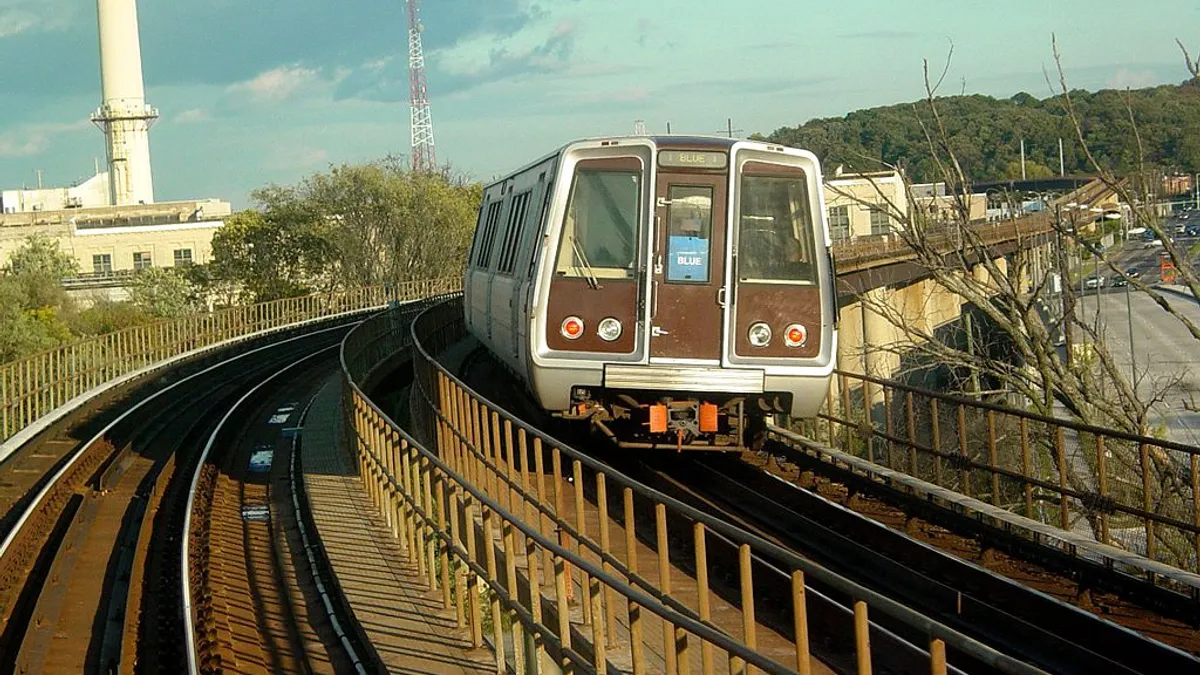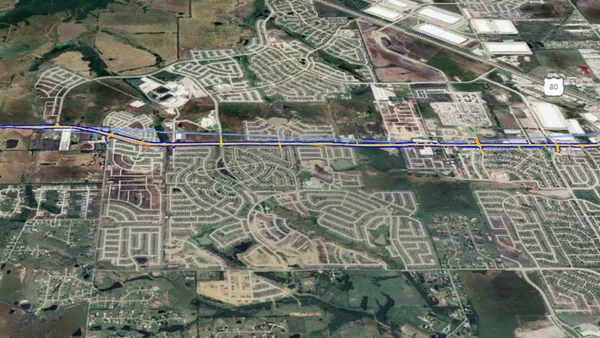Dive Brief:
-
The American Road and Transportation Builders Association (ARTBA) filed an amicus brief with the U.S. Court of Appeals for the District of Columbia circuit offering its opinion that a lower court's decision last year to halt the $5.6 billion Purple Line light-rail project, which broke ground this week, was an abuse of environmental law.
-
ARTBA called the decision to revoke the Purple Line's state and local approval based on ridership and not on something related to the physical environment a "rogue application," Government Technology reported.
-
The association said the precedent of courts taking such an action after a project has been through a lengthy review could discourage critical infrastructure investment. ARTBA said the threat of last-minute legal challenges also could undermine the P3 model, which is often held together with timing-sensitive financing.
Dive Insight:
Even during the 2016 presidential campaign, then-candidate Donald Trump appealed to the construction industry and other business groups by saying that one of his first orders of business if elected would be to streamline environmental reviews and other permitting processes.
One of his first directives as president was to federal agencies, ordering them to take another look at pending regulations and, going forward, to invalidate two rules for every new one they want to implement. Trump's Labor Department has also spearheaded the rolling back of such regulations as the Fair Pay and Safe Workplaces Act and has proposed killing the "persuader rule" and OSHA's beryllium exposure rule.
The administration is currently in the process of repealing and replacing the Waters of the U.S. rule with pre-2008 language. And the Department of Homeland Security, the agency tasked with building a wall along the U.S.–Mexico border, has declared itself exempt from some environmental laws that could delay construction of the barrier.
Most recently, the president axed the Federal Flood Risk Management Standard, supported by former President Barack Obama, that mandated federally funded construction in flood-prone areas be built with higher levels of resiliency in mind. This decision came just 10 days before Hurricane Harvey made landfall in the Houston area, causing widespread property damage.














